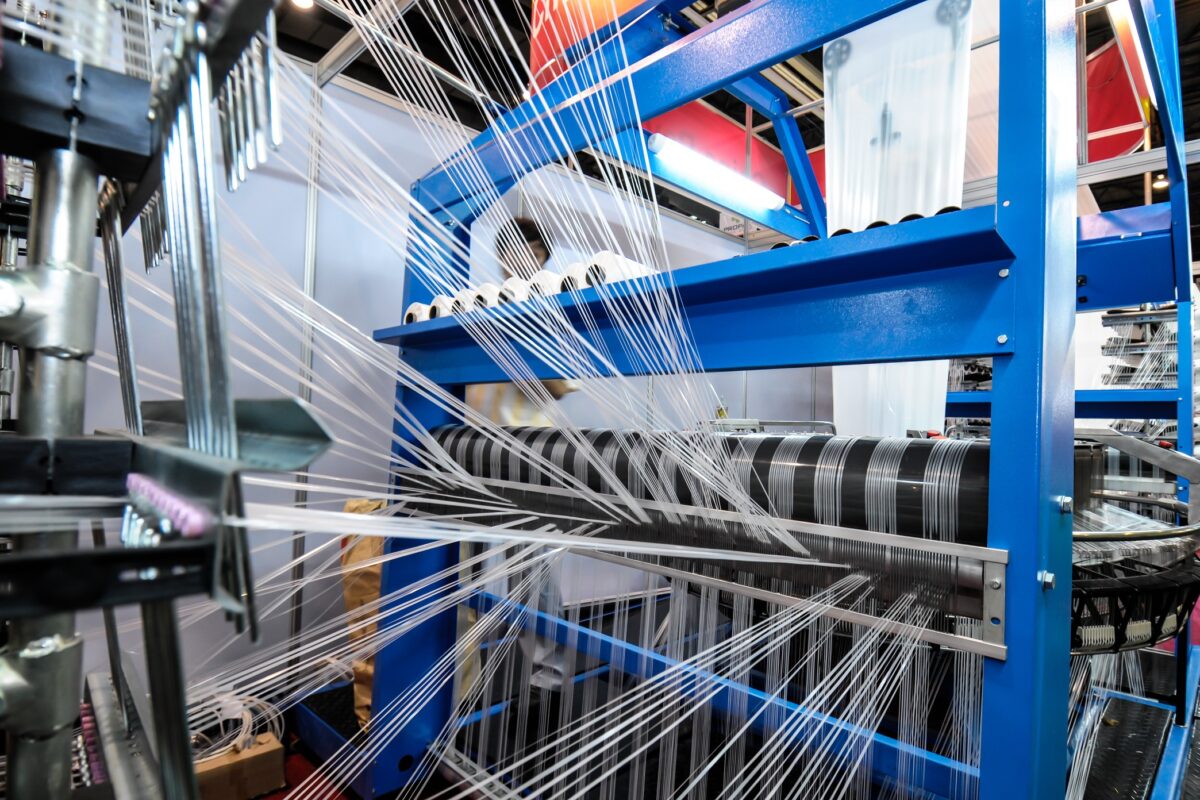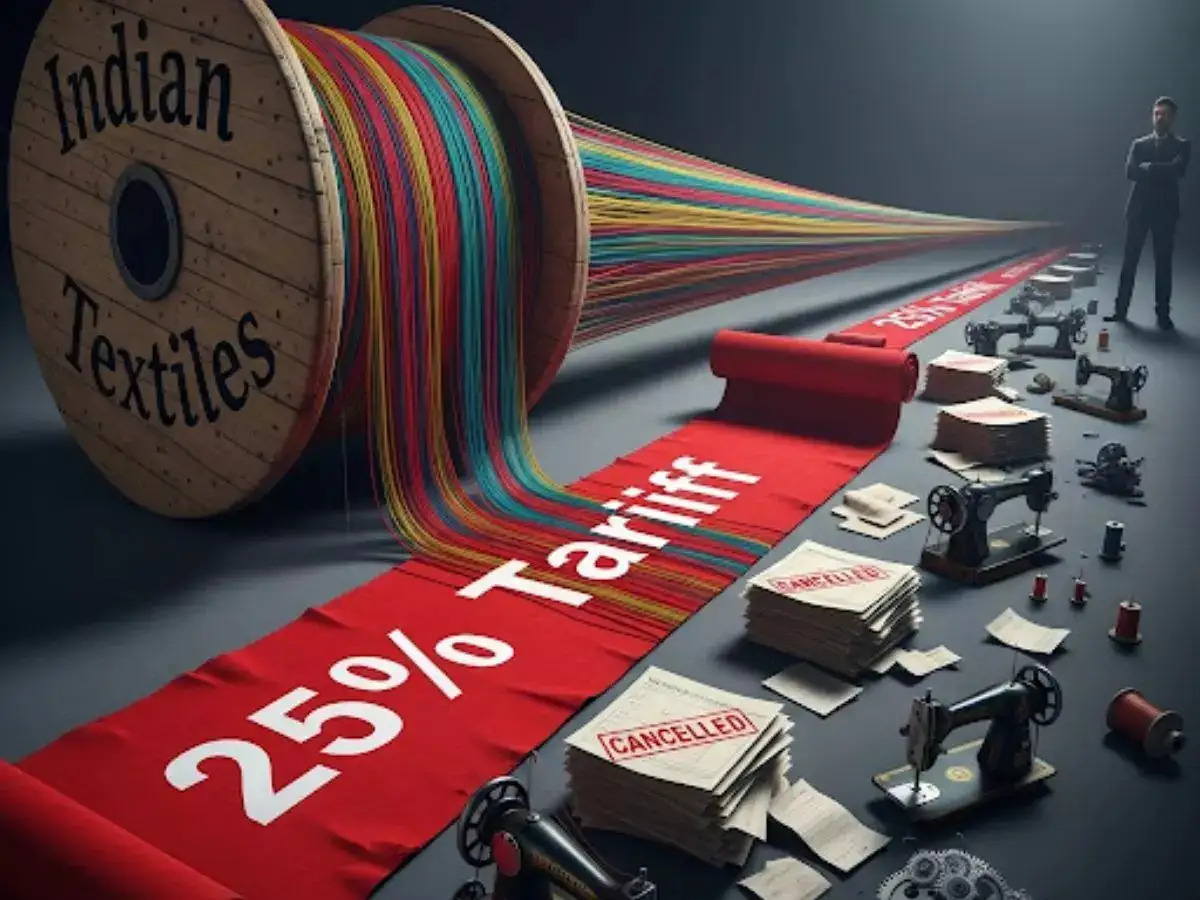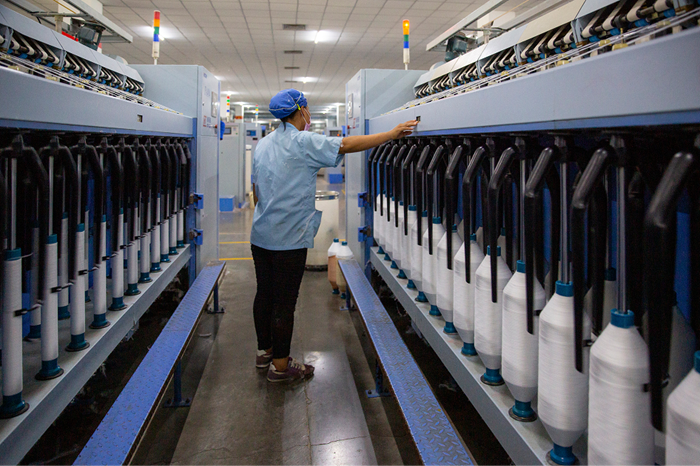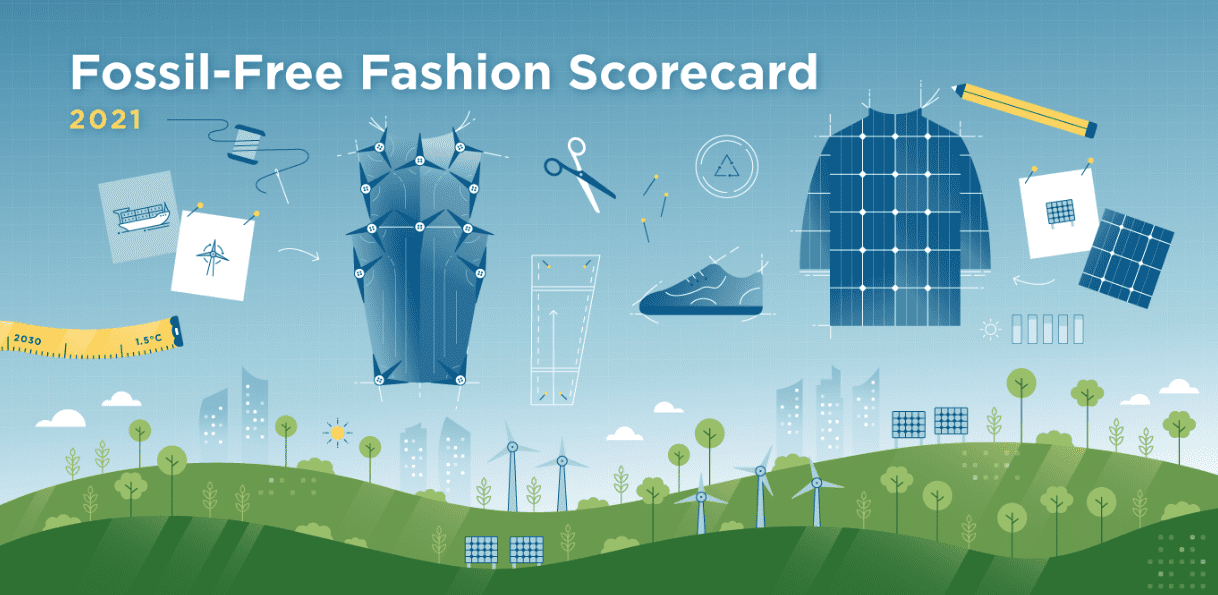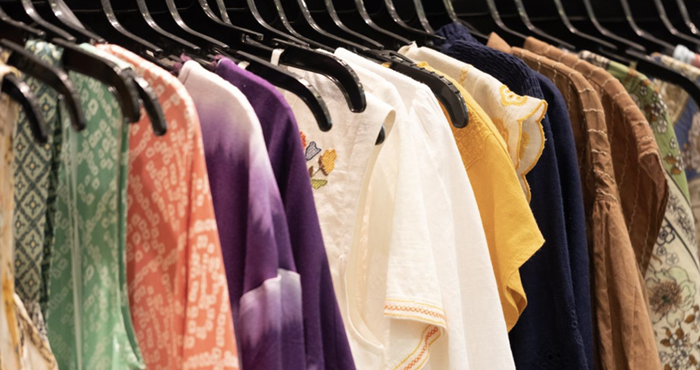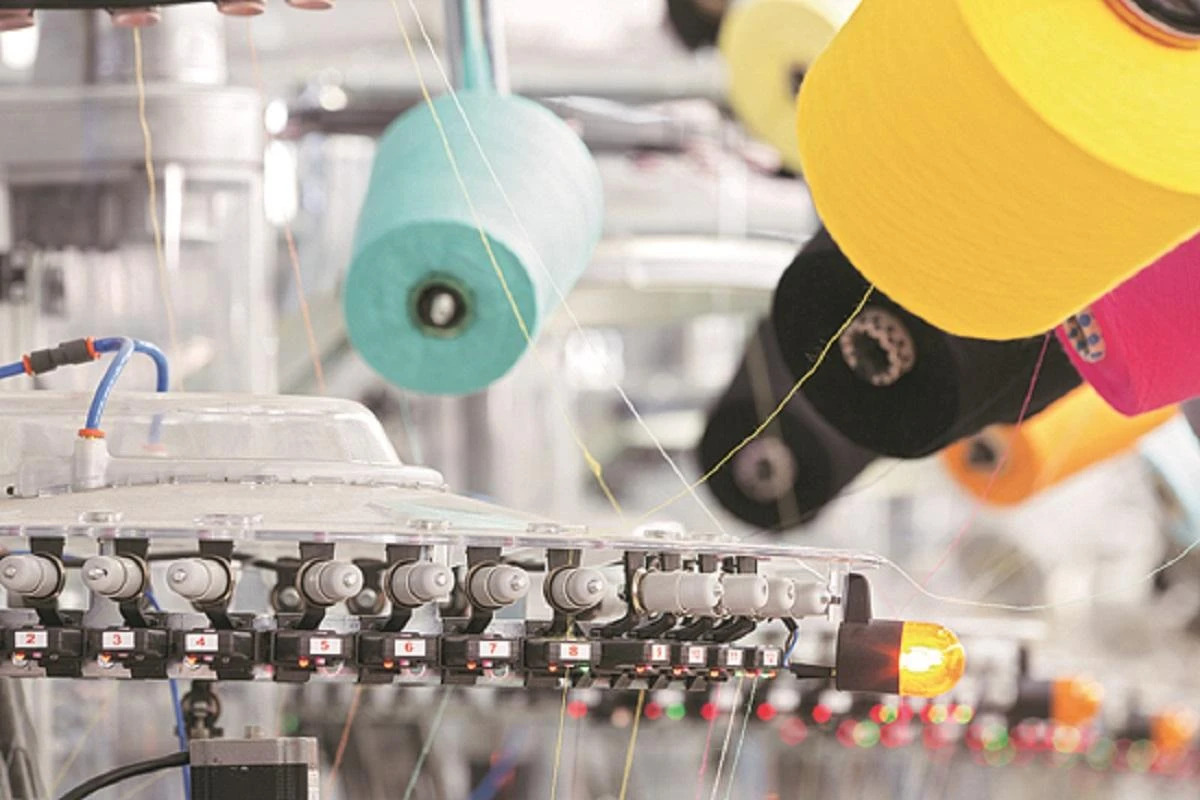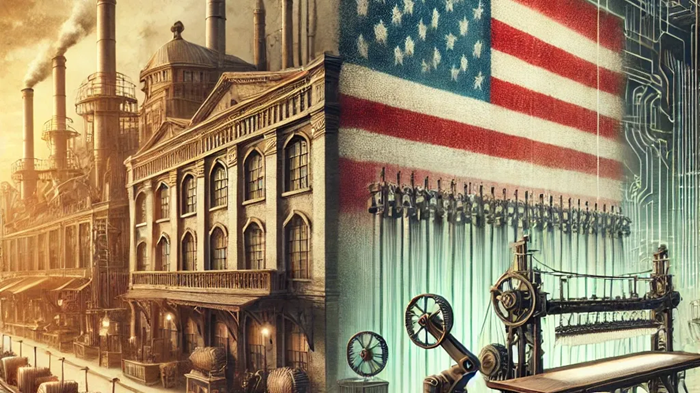
The Make America Great Again (MAGA) is initiative aimed at breathing new life into US manufacturing, but its impact on the textile and apparel sector has created a stark paradox. While the industry is innovating and shifting towards high-tech production, the very trade policies intended to protect it are simultaneously a source of significant pain and decline.
The shift from threads to tech
The US textile industry is no longer competing in the global race for low-cost apparel. Instead, it has undergone a quiet revolution, focusing on high-tech and industrial textiles. These specialized products, such as those used in medical equipment and protective clothing, are where the industry is finding its footing and generating value. Data shows a moderate rise in the value of US yarn and fabric manufacturing, reaching $24 billion in 2023.
This turn is crucial, as the industry recognizes it can't fight on a level playing field with foreign competitors on price alone. It’s a move to reclaim relevance by focusing on what the US does best: innovation and advanced manufacturing.
The tariff backlash
While the Made in America push was intended to shield domestic companies, many in the industry argue that the tariffs have backfired, creating a ‘lose-lose’ situation. As one textile company CEO lamented, the tariffs are "hurting small exporters" and have led to "stalled investments" and even discussions of moving operations abroad. This sentiment is echoed by major fashion companies, with one reporting an estimated "gross incremental cost of approximately $250 million to $300 million" from the tariffs.
This is not just anecdotal; it is a direct consequence of a trade policy that is seen as "a policy misstep that goes against the US national interests." The tariffs disrupt established global supply chains, increasing costs for American companies that rely on imports to produce their goods. The result is a cycle where, as a Bloomberg report highlighted, US textile exporters are now finding themselves punished by the very policies designed to help them.
The Human Cost: Productivity up, employment down
The promise of job creation under the MAGA initiative has also been a complex and often contradictory story. The data reveals a troubling trend: while the industry is becoming more productive, total employment continues its long-term decline.
Table:
|
Year |
Labor Productivity Index (textile mills) |
Labor Productivity Index (apparel mills) |
Total employment |
|
2019 |
89.7 |
105.8 |
33,190 |
|
2023 |
94.4 |
110.78 |
N/A |
|
2024 |
N/A |
N/A |
270,700 |
Note: Data for employment in 2023 is not readily available, but the trend shows a consistent decline. Labor productivity is measured as output per hour.
This paradox is driven by a focus on automation and efficiency. Fewer workers are producing more output, which is a success from a productivity standpoint, but a failure from a job-creation perspective. As one analyst noted, it is a sad reality that while the industry is making a comeback, it may be a comeback that leaves many workers behind. The story of Made in America in the textile sector is a battle between modernization and protectionism, with the industry's future

